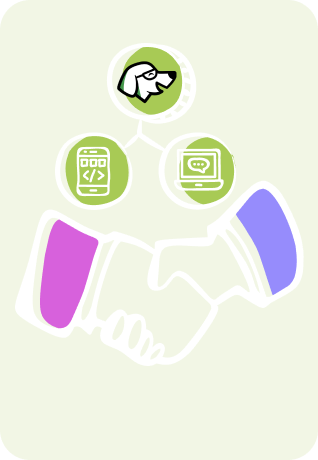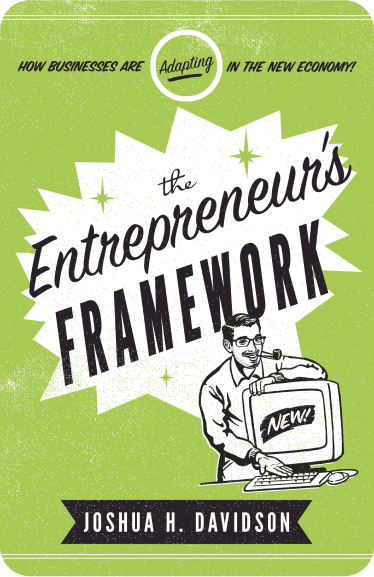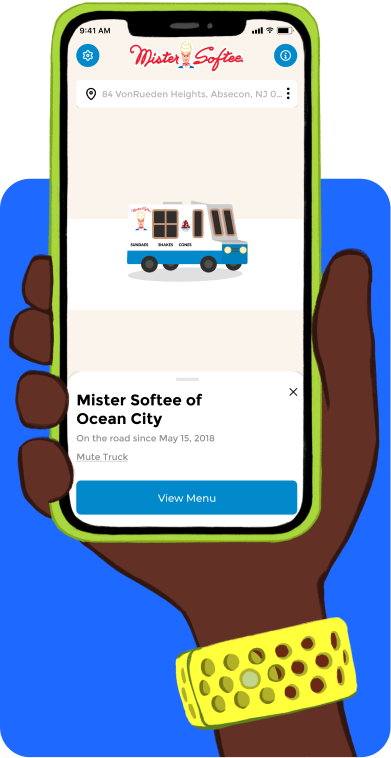Almost every small business and startup is looking for ways to market its product or service. This guide provides an overview of both organic and paid marketing strategies. It also includes tips for determining which option will work best for your business.
So whether you’re just getting started or you’re looking to improve your current marketing plan, read on for some helpful advice!
What is organic marketing and how does it work?
Organic marketing is the process of promoting a product or service in a natural and organic way. This can be done through various means.
It includes SEO, social media, content marketing, and even word-of-mouth.
Organic marketing generally is built upon building trust with potential customers, rather than using paid methods to reach them. As such, it can be a more effective, long-term strategy for businesses.
Organic marketing generally relies on two things: first, organic search engine optimization (SEO) techniques. These help to improve the visibility of the company’s website. Second, it relies on social media engagement that can create “buzz” around the company’s products or services.
However, organic marketing does require more time and effort to set up and maintain.
Ultimately, the best approach for any business will likely use a combination of both organic and paid marketing methods.
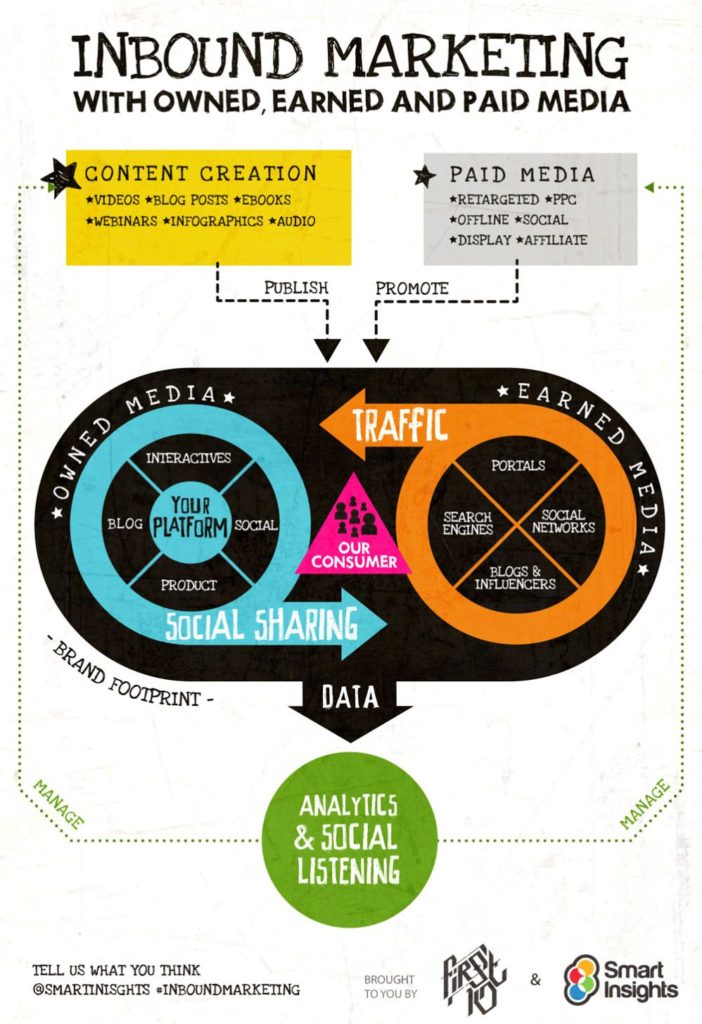
What is paid marketing and how does it work?
Paid marketing is a form of advertising that requires the payment of a fee in order to reach potential customers.
This fee can take many forms. It includes:
- –Pay-per-click (PPC) advertising
- –Cost-per-impression (CPM) advertising
- –Sponsorships
Paid marketing can be an effective way to reach potential customers who might not be able to find your business through organic means. This includes things like organic search results or word-of-mouth referrals.
Paid marketing can also be used to supplement organic marketing efforts. Paid marketing tactics can include a variety of things.
One is bidding on keywords that are relevant to your business in order to improve your visibility in search engine results pages (SERPs).
Ultimately, whether or not paid marketing is right for your business depends on your budget, your objectives, and your target audience.
If done correctly, paid marketing can be a powerful tool for driving traffic and growing your business.
What are the benefits?
Overall, organic marketing tends to be more sustainable and cost-effective in the long run. Organic marketing requires more time and effort to be effective. However, it can ultimately be more cost-effective than paid marketing.
Paid advertising is often less targeted. So, it is less likely to be seen by potential customers.
On the other hand, organic marketing techniques such as SEO ensure that your website is visible to those who are already looking for your product or service.
In addition, organic marketing helps you build trust with potential customers. They can see that you are an authoritative source of information on your chosen topic. You can also build a parasocial relationship with them.
Overall, organic marketing is a more sustainable and effective long-term way to build your brand and reach your target audience.
What are the benefits of paid marketing?
Of course, both organic and paid marketing have their pros and cons. Some general benefits of paid marketing include:
The ability to reach a wider audience: Organic marketing can be very effective in reaching your target market.
However, it can be difficult to reach new customers who don’t already know about your product or service.
Paid marketing, on the other hand, allows you to reach a wider audience through channels like paid search, social media ads, and display advertising.
The ability to target your ads: With organic marketing, you can only hope that your target market will see your content.
With paid marketing, however, you can specifically target your ads.
So, you can reach people who are most likely to be interested in what you have to offer. This allows you to get the most bang for your buck with your marketing budget.
The ability to track results: It can be difficult to track the results of organic marketing campaigns, as there are many variables at play.
With paid marketing, however, you can use sophisticated tracking tools to see exactly how much web traffic or sales conversion your campaigns are generating.
All of this information can be invaluable in helping you fine-tune your marketing strategy.
Both Organic and Paid Marketing Have A Place In Any Marketing Strategy
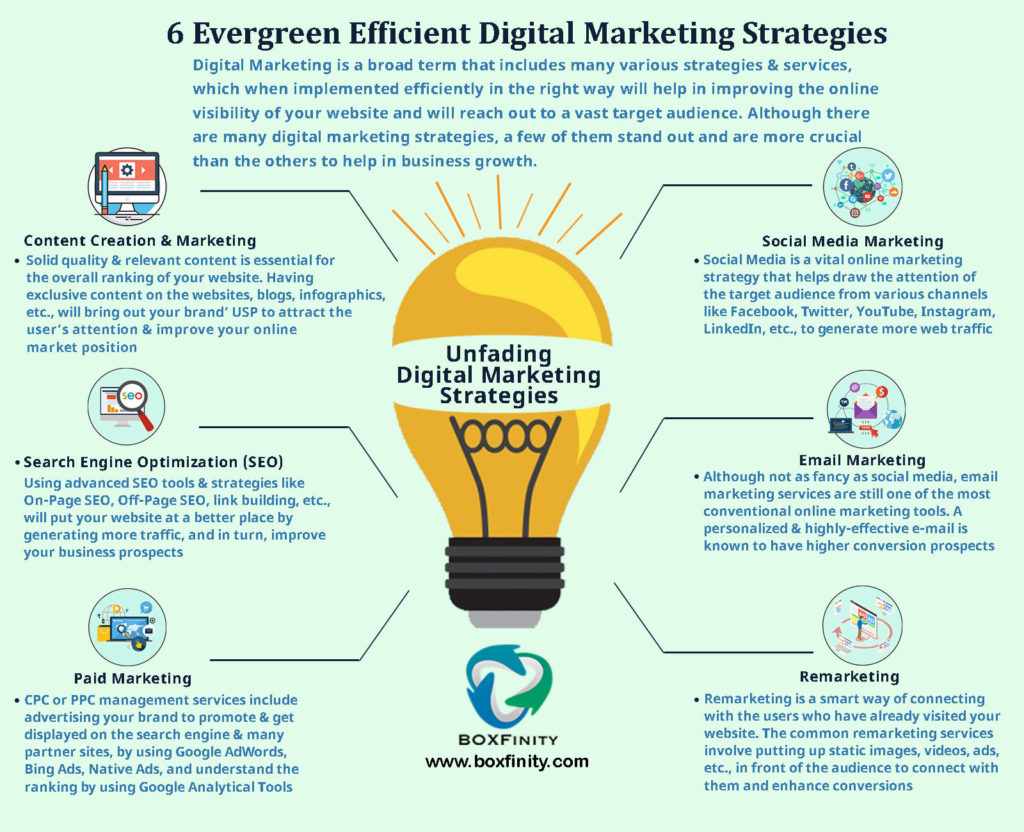
When it comes to marketing, there is no one-size-fits-all approach.
The best marketing strategy for any business will vary depending on the products or services being offered, the target audience, and the budget.
However, most experts agree that a mix of organic and paid marketing is often the most effective approach.
Organic marketing includes tactics such as search engine optimization and social media outreach, which can be extremely valuable in building brand awareness and generating leads.
Paid marketing, on the other hand, allows businesses to target specific demographics with laser precision and reach a wider audience than organic marketing alone.
Final Thoughts
Ultimately, both organic and paid marketing have a place in any effective marketing strategy.
By taking advantage of both types of marketing, businesses can maximize their reach, generate more leads, and convert more customers.
Both organic and paid marketing can be effective in reaching potential customers and generating leads.
This is not really a question of saying which is definitively better in all cases. So much will depend on your type of business, your budget, your goals, and your ideal customer.
Who do you want to reach most? How can you make it happen?
Applying both techniques effectively takes research, patience, and skill.
What do you think? Where are you on your marketing journey? Comment below!
Since 2009, we have helped create 350+ next-generation apps for startups, Fortune 500s, growing businesses, and non-profits from around the globe. Think Partner, Not Agency.
Find us on social at #MakeItApp’n®





